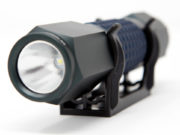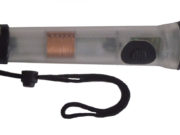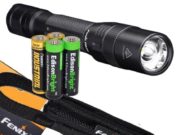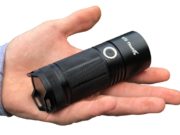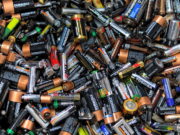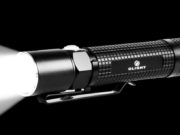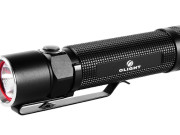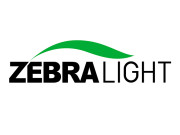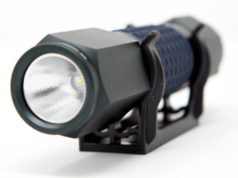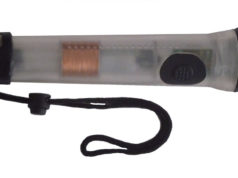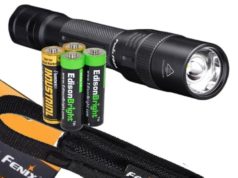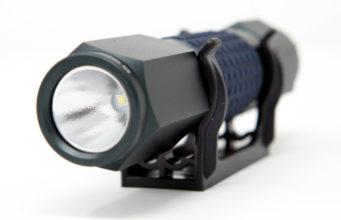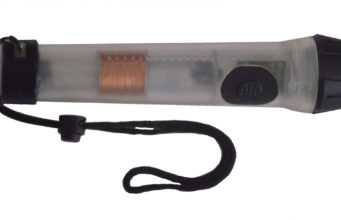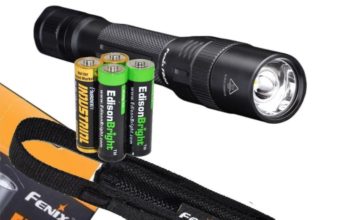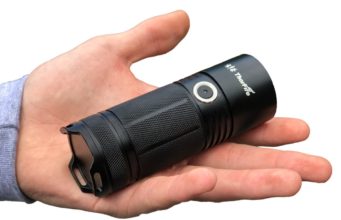 The tube that houses the different parts of a flashlight such as the batteries and light bulb is called the case.
The tube that houses the different parts of a flashlight such as the batteries and light bulb is called the case.
A thin spring or strip of metal usually made of copper or brass is located throughout the flashlight. This is the contacts. It creates an electrical connection between the various parts and allows the circuit to complete and the flashlight to work
The switch is the component that controls the electricity. Pushing the switch causes the electrical current to activate, thus turning on the flashlight. The current is broken when the switch is pushed to off and this turns off the light.
Around the lamp, there is a part called the reflector, which is usually made of aluminum-coated plastic. This redirects the light rays from the lamp in order to create a focused beam of light.
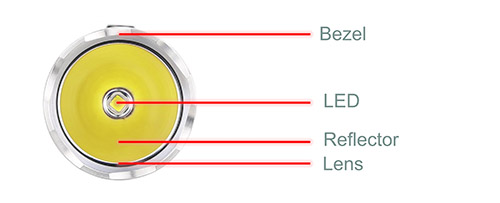
The bulb is the flashlight’s light source. It is usually either a tungsten filament incandescent bulb or, more commonly in today’s models, an LED bulb. This glows when electricity flows through it and produces visible light.
The clear, plastic part on the front of the flashlight protects the glass bulb from breaking. This is called the lens.
A flashlight’s power source is the batteries. These can be disposable or rechargeable.
When a flashlight is switched on, a circuit is completed between the two contact strips. The contact strip runs down the length of the battery case and connects to one side of the switch. Another contact strip is located on the other side of the switch which runs to the lamp. This provides an electrical connection.
The contact strips are connected to a small spring which the batteries rest upon. The batteries are connected in such a way that the electricity flows from the positive terminals of the battery through the lamp to the negative terminals of the battery, causing the lamp or LED to become energized.
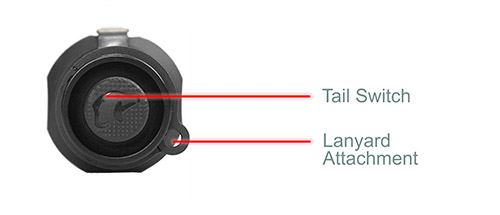
This produces visible light which reflects off the reflector that it positioned around the lamp. The reflector redirects the light rays away from the lamp, creating a steady beam of light – the light you see emitting from the flashlight.
The transparent lens covering the lamp protects it and prevents the glass from being broken.
Turning the flashlight off using the switch causes the contact strips to move apart, thus breaking the current. This ends the production of light.

